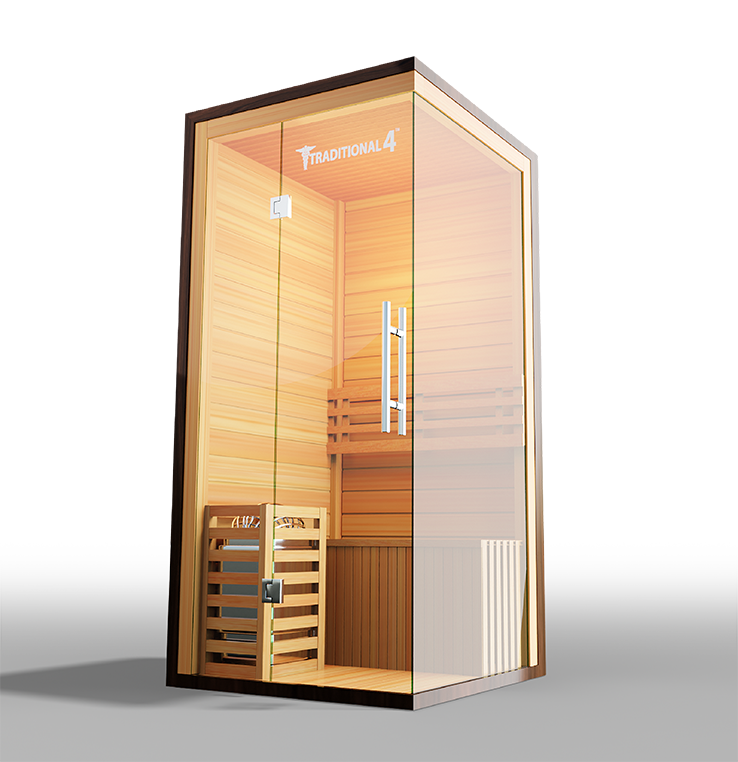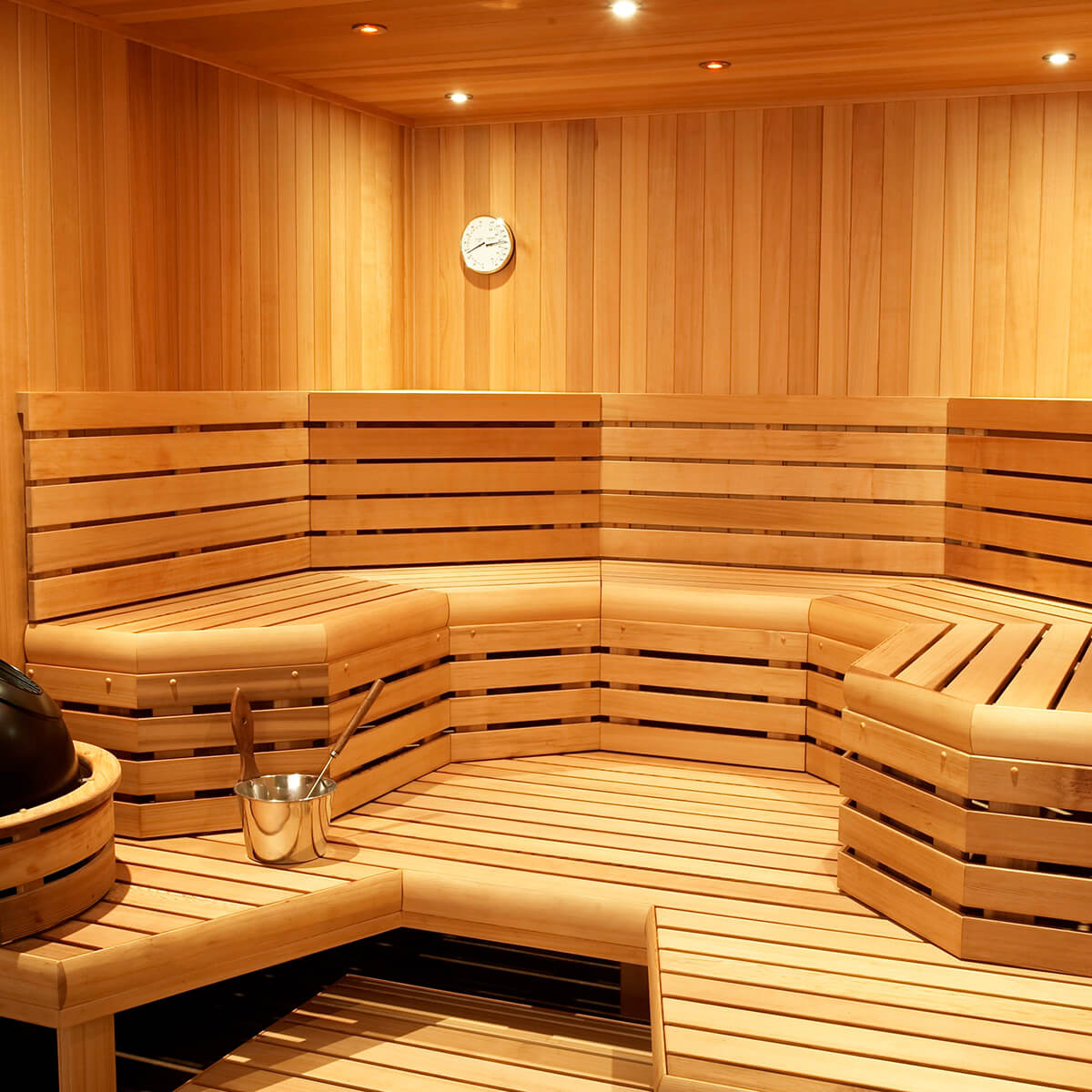Traditional Sauna for Beginners
Traditional Sauna for Beginners
Blog Article
Get This Report about Traditional Sauna
Table of ContentsIndicators on Traditional Sauna You Need To KnowGetting The Traditional Sauna To WorkTraditional Sauna - The FactsTraditional Sauna for BeginnersExcitement About Traditional Sauna
A lot of the weight lost in a sauna is water loss and is re-gained upon rehydrating. Nevertheless, undoubtedly sauna can be an integral part of a healthy weight management program. To look at the distinctions in between conventional and IR saunas, I will certainly separate these into verifiable, theoretical, and made differences.Thus, the best point in the saunawhich goes to the ceiling directly over the sauna heateris commonly in between 185 and 190 F. Claims that a conventional sauna exceeds 200 F is merely not true and not relevant for electric saunas sold in the United States. The temperature for a far-infrared sauna is usually set between 120 and 140 F; nonetheless, unlike the conventional sauna, the objective in and IR room is not to attain a high temperature.
Due to this, the temperature distinction is almost pointless, because extreme sweating results in both sauna kinds, yet the technique of warming the body is different. In an IR sauna the bather will certainly really feel hot and will certainly sweat profusely, however at a lot lower temperature levels (Traditional Sauna). Therefore, if the objective is to spend longer amount of times in the sauna, the IR sauna is an excellent option
When a traditional sauna has been effectively heated up, the sauna wall surfaces are warm, the air temperature level has attained set temperature and the rocks are incredibly heated. As an interesting side note, the warmed walls and the rocks are producing far-infrared warmth, combined with the heated air, to develop an "covering warmth".
Traditional Sauna for Dummies

When the high temperature is achieved, the elements cycle on and off to keep the heat. A lot of conventional sauna users delight in pouring water over the rocks to develop heavy steam to raise sauna humidity degrees. The advantages of putting water over the rocks include: making the area extra comfy, dampening the nasal flows, and permitting the use of aromatherapy by mixing essential oils with the water.

When the power enters the body, it creates the body temperature to boost and eventually causes sweating. In an infrared sauna it is very important for the emitters/heaters to continue to be on practically constantly. Considering that there is no mass of rocks to retain warmth, the sauna will cool down if the emitters closed off.
As mentioned over, the sauna bather in an infrared area intends to read this article position himself before running emitters to get maximum take advantage of the warmth. The heating time for both areas can be very different, relying on how the rooms are made use of. For a standard sauna, a bather should allow 30-40 minutes for the space to attain a desired temperature and to appropriately pre-heat the rocks.
What Does Traditional Sauna Do?
A well built sauna will commonly attain a temperature of 150-160 F in about 30-40 minutes. For hotter temperature levels, the area might need to heat for a longer period. When the space accomplishes set temperature level, the heater will cycle on and off, generally operating about 50% of the time. The shielded wall surfaces and the warmed rocks will certainly maintain the space hot and at stable temperatures.

Standard saunas have a tendency to be bigger (thus use more electrical power) than infrared saunas, although typical saunas are definitely available in one and two individual sizes too. For a two-person traditional sauna, 5x6 or 5x7 size is most preferred. The top bench can easily seat two or three individuals and is also long enough to rest during the sauna session.
Traditional Sauna Can Be Fun For Anyone
The average cost per kWH of electrical energy in the united state is about $0.11, so a 4.5 kW heater will cost approximately $.50 to run for one hour, if the heating unit runs constantly for one hour. Commonly a sauna heating system will certainly compete 75% of the initial hour and 50% of succeeding hours on since the elements cycle Check Out Your URL once the set temperature level is achieved.

Finally, there is a seldom talked about difference in the social experience between the 2 spaces. While our society has actually shed a few of the social benefit of the typical sauna experience, it can be really socially gratifying (Traditional Sauna). From family time in the sauna, to heart-felt conversations with better halves, to sauna partiesthe typical sauna experience can result in intimate socializing
Some Ideas on Traditional Sauna You Should Know
A lot of greater end infrared areas include colored light therapy, noise systems and full-glass fronts.
Report this page